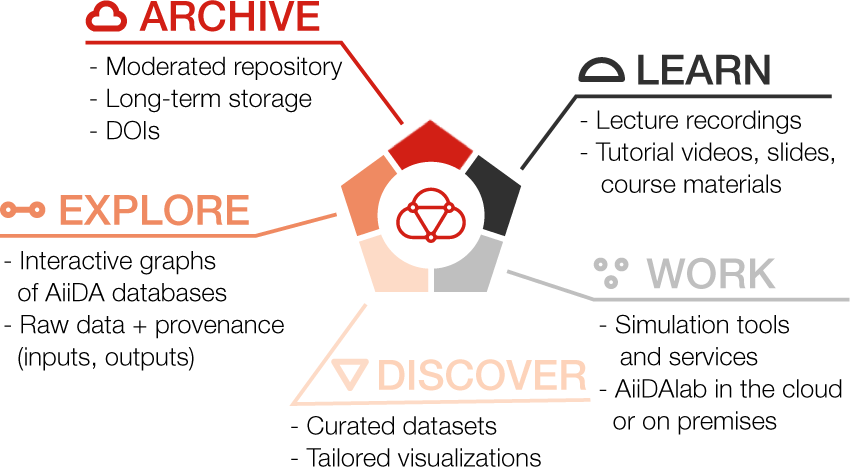

- The virtualization infrastructure driver vid is not running server 2012 how to#
- The virtualization infrastructure driver vid is not running server 2012 install#
- The virtualization infrastructure driver vid is not running server 2012 portable#
- The virtualization infrastructure driver vid is not running server 2012 pro#
The virtualization infrastructure driver vid is not running server 2012 how to#
So, following are the steps to create a Microsoft Hyper-V VM running in VMware Workstation 8, but later I’ll show you how to do it in ESXi 5 as well: Nesting a Hyper-VM on VMware Workstation 8 I only did this to make my life easier, but the standalone Hyper-V product is a fine option as well.
The virtualization infrastructure driver vid is not running server 2012 install#
While testing what would work, I decided to use Windows 2008 R2 Standard and enable Hyper-V as a Role rather than install the standalone Hyper-V product.

However, I didn’t find this option in either of my system BIOS.

Now, I read that if you have Nehalem/Core i7, you should have Intel EPT the blog posts suggested that it should be enabled through the BIOS. The blog posts above stated the key to making it work is a feature found in your CPU/BIOS called Intel EPT. At this point, I knew my hardware was going to be compatible with nesting Hyper-V. I installed VMware Workstation 8 instead of ESXi 5 and managed to get a nested Hyper-VM working.

Undeterred, I decided to try something different. No matter what additional information I gave, it just would not work. What I found from the blogs posted above was there were some great pointers, but when I followed either post’s instructions, all I got was a blank Black Screen like a few other people were reporting. Through Twitter, someone sent me a link to a few blogs that helped me start my quest:īy the time I’d gotten a chance to give it a whirl, ESXi had gone GA. I also managed to build a lab with the same architecture that I plan to use on the road for events. So firstly, I went about making sure that when I was due for a new laptop, I would have this Intel architecture, or equivalent AMD, in my system. I’d also heard that ESXi 5 running on Intel Nehalem or Intel Core i7 was going to allow nested hypervisors to also contain running, nested 64bit virtual machines. This post will function as a how-to guide and provide a step-by-step process to run Hyper-V virtual machines on either VMware Workstation 8 or ESXi 5.įor a long time, I was told it was impossible, and a few months ago, I heard a passing rumour that it would be possible when ESXi 5 came out. We would often have a nested ESX server, vCenter, DC and Veeam apps running on a single laptop and I wanted to know if Hyper-V could be thrown into the mix.
The virtualization infrastructure driver vid is not running server 2012 portable#
Veeam has been very successful in presenting its solutions through the use of portable labs running for example on laptops nested under VMware Workstation. I wanted to know if it could be virtualized running inside a VMware virtual machine of some sorts. Refer to the video/graphics adapter requirements below for information on how to achieve the best graphics performance.As Veeam moves forward and starts to become focused two virtualization platforms, I thought to myself now is the time to work out how I’m going to introduce Microsoft Hyper-V in my lab environment. **The cache is written by default to the user profile’s \Local subfolder, so it does not roam with the user profile if roaming profiles are enabled by your system administrator. A hyperthreaded 2-core CPU will have four threads available for processing, while a hyperthreaded 6-core CPU will have 12 threads available for processing. *Hyperthreaded CPUs typically feature two threads per core. Recommended: 32 GB or more of free space on a solid-state drive (SSD) By default, the visualization cache is written to the user profile.**
The virtualization infrastructure driver vid is not running server 2012 pro#
The temporary visualization cache for ArcGIS Pro can consume up to 32 GB of space, if available, in the user-selected location. Also see Video/Graphics adapter requirements below.


 0 kommentar(er)
0 kommentar(er)
